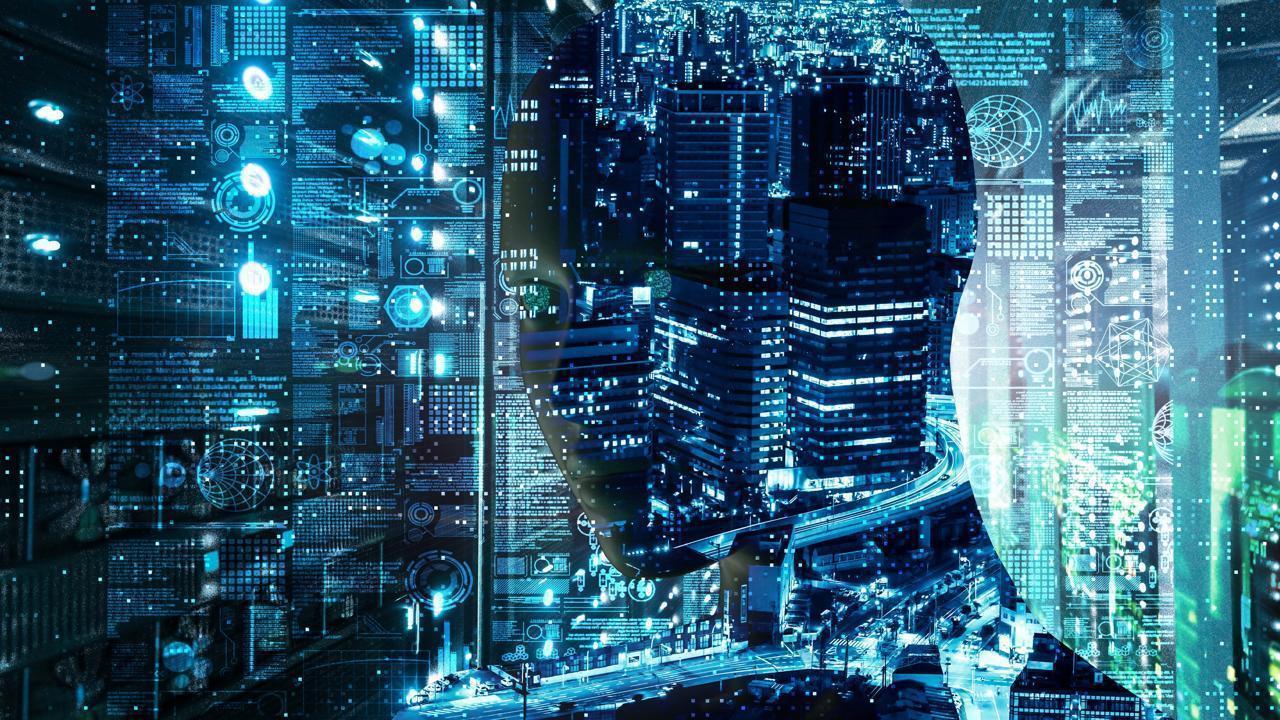
Post by : Amit
A Smarter Future for Rail: Siemens’ Game-Changing AI Platform
In a transformative step for rail infrastructure worldwide, Siemens has launched a cutting-edge Edge AI-based system designed to revolutionize predictive maintenance in the railway sector. With its latest innovation, Siemens Mobility brings artificial intelligence closer to the source of data by integrating it into edge computing platforms placed directly along rail networks. This bold move aims to reduce downtime, prevent unexpected failures, and improve operational safety—all while cutting maintenance costs.
As rail networks across the globe face mounting pressure to deliver safer, faster, and more efficient services, predictive maintenance has emerged as a key strategy. But while traditional predictive systems often rely on centralized data processing, Siemens is now ushering in a new era by decentralizing intelligence. This paradigm shift is poised to have a sweeping impact on how operators manage assets and schedule repairs.
Edge AI: What It Means and Why It Matters
Edge AI refers to the deployment of artificial intelligence algorithms directly on edge devices—hardware located close to the source of data generation. In Siemens’ case, these devices are mounted on tracks, switches, and train components to process sensor data in real time. The system instantly flags wear-and-tear indicators, vibration anomalies, or temperature shifts that may signal an impending issue.
This low-latency processing approach eliminates the need to send terabytes of sensor data to remote servers, enabling faster responses and less network congestion. It also ensures operations remain uninterrupted even when cloud connectivity is limited. By using local AI-based analysis, rail operators gain critical insights precisely when and where they’re needed.
How Siemens' Edge AI System Works
Siemens’ platform incorporates a layered infrastructure. At the base are advanced edge devices equipped with machine learning models trained on historical rail maintenance data. These devices continuously monitor variables like axle vibrations, brake pad wear, rail surface integrity, and switch movement patterns.
When anomalies are detected, alerts are sent to centralized dashboards and maintenance personnel. Simultaneously, the data is logged and used to refine machine learning models further, making the system more intelligent over time. This feedback loop improves prediction accuracy and ultimately allows rail operators to transition from scheduled to condition-based maintenance.
A key component of this architecture is Siemens’ open IoT platform, Railigent™ X. This suite connects edge intelligence to enterprise-level systems, enabling fleet-wide optimization and long-term planning. Railigent X also facilitates integration with third-party applications and existing infrastructure, ensuring scalability and versatility.
Deployment Strategy: From Pilot to Fleet-Wide Rollout
The Edge AI system has already been successfully piloted in several European rail networks, including in Germany, Switzerland, and the UK. Siemens reports that early adopters have seen a 20% to 30% reduction in unplanned service interruptions, along with significant cost savings on component replacement.
In Germany, the Deutsche Bahn subsidiary DB Netz AG collaborated with Siemens to trial edge-based track monitoring on high-speed corridors. The trial involved placing AI-enabled sensors on switches and rail joints prone to failure due to seasonal temperature variations. After only six months, DB Netz observed a measurable improvement in maintenance precision, enabling teams to act before breakdowns occurred.
Encouraged by this success, Siemens is now rolling out the system globally. In India, metro rail operators in Mumbai and Delhi are slated to receive initial deployments, while Southeast Asian countries including Thailand and Indonesia are in talks to join the initiative. North American operators like Amtrak and Canadian National are also exploring partnership opportunities.
Redefining Safety and Efficiency in Rail Operations
With global rail infrastructure expanding at a rapid pace, safety remains a top concern. Edge AI allows for continuous, real-time monitoring of critical components, making early failure detection possible and vastly reducing the likelihood of catastrophic breakdowns.
Siemens’ technology goes beyond equipment diagnostics. It also assesses environmental variables, such as humidity or trackside temperature, that affect the lifespan of components. This holistic view leads to smarter maintenance schedules and reduces unnecessary part replacements—an important cost-saving measure.
Furthermore, Siemens’ solution supports predictive analytics for energy consumption. By analyzing motor efficiency and regenerative braking performance, the system helps identify trains consuming excessive energy, supporting sustainability goals and carbon emissions reductions.
Integration with AI-Driven Rail Ecosystems
What sets Siemens apart is its vision for integrated, AI-driven rail ecosystems. The Edge AI solution is not a stand-alone product; it's designed to plug into a broader suite of smart infrastructure tools. For instance, it pairs seamlessly with Siemens’ cloud analytics suite and enterprise asset management software, offering stakeholders a comprehensive view of network health.
Through APIs and data connectors, the platform can exchange data with ticketing systems, passenger information displays, and urban mobility dashboards. This interoperability enhances urban mobility planning and opens up future use cases such as AI-guided dynamic scheduling or automated dispatch adjustments based on real-time track health.
Moreover, Siemens' collaboration with chipset manufacturers ensures that the edge devices themselves are future-ready, with upgradeable firmware and built-in security features compliant with European Union and U.S. transportation cybersecurity standards.
Addressing Industry Challenges
The rail sector faces several entrenched challenges: aging infrastructure, rising maintenance costs, and workforce shortages among them. Siemens’ Edge AI directly addresses these by reducing the need for constant manual inspections and enabling more focused deployment of maintenance crews.
In addition, the system is designed with usability in mind. Maintenance workers receive alerts through a simple app interface, which prioritizes tasks based on urgency and location. The system can even recommend parts needed for the repair and suggest nearby inventory depots, shortening downtime and optimizing logistics.
Siemens is also offering extensive training programs to help maintenance personnel upskill for this new digital environment. Courses include AI literacy, system diagnostics, and IoT device calibration—a critical step to ensure smooth implementation across different regions and operator skill levels.
Global Impact and AI in Transportation
As global cities continue to urbanize and intercity travel demands increase, rail systems are becoming the backbone of sustainable transportation. Siemens’ Edge AI solution for predictive maintenance represents a foundational upgrade in how these networks will operate in the years to come.
With pilot programs expanding and full-scale rollouts underway, Siemens anticipates that within five years, most major rail operators in Europe and Asia will have some form of edge AI deployed. The ripple effects could be transformative: more reliable rail travel, reduced operational costs, and even improved passenger satisfaction.
There’s also a broader trend at play. AI in transportation isn’t just about self-driving cars or smart traffic lights. Rail systems—often overlooked in high-tech discourse—stand to gain immensely from AI’s predictive and automation capabilities. Siemens is at the forefront of making this shift a reality, not just with promises but with practical, scalable solutions.
As the global rail sector races toward digitization and automation, Siemens' launch is not just a milestone for the company—it's a turning point for how the world moves.
Siemens, Edge AI, Germany, Switzerland, UK
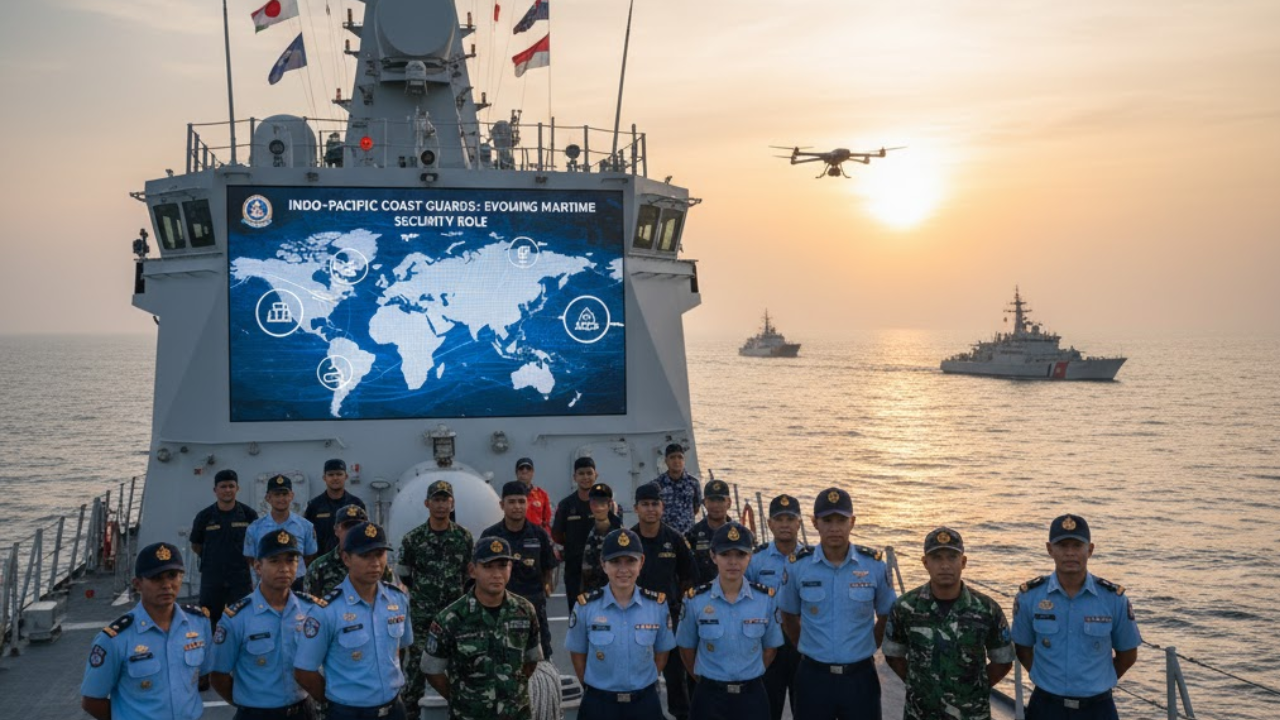
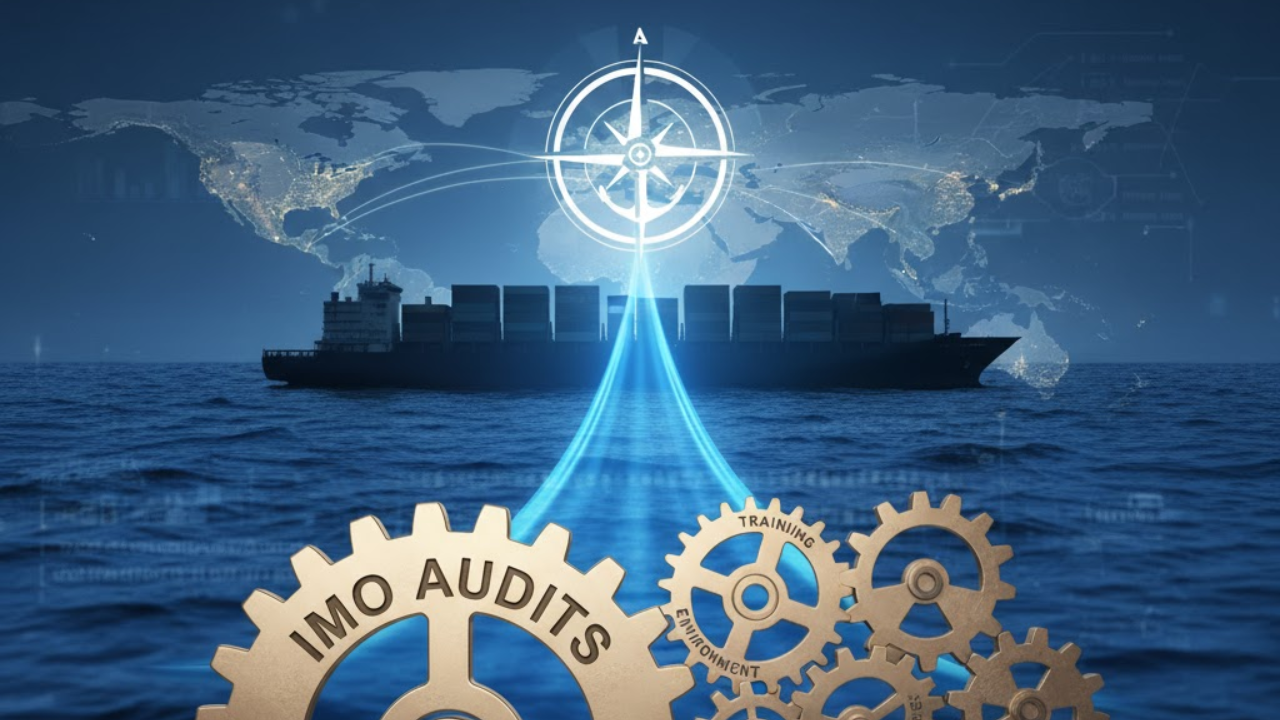
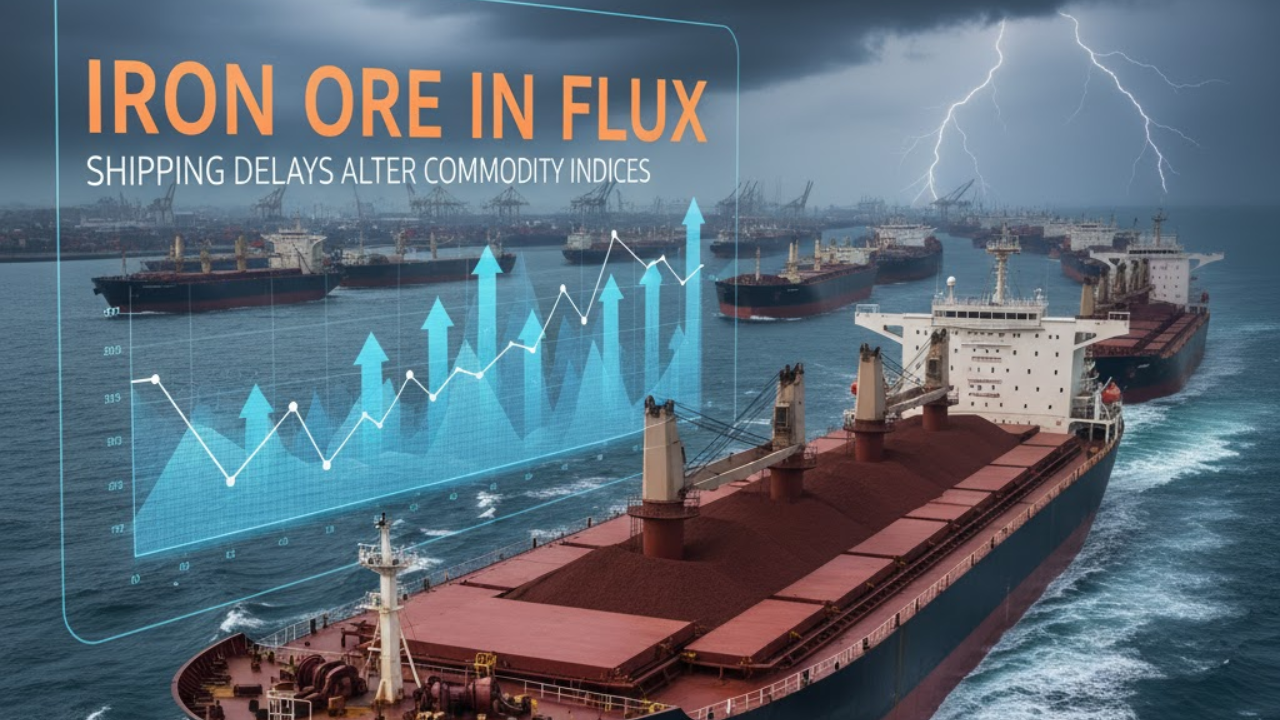
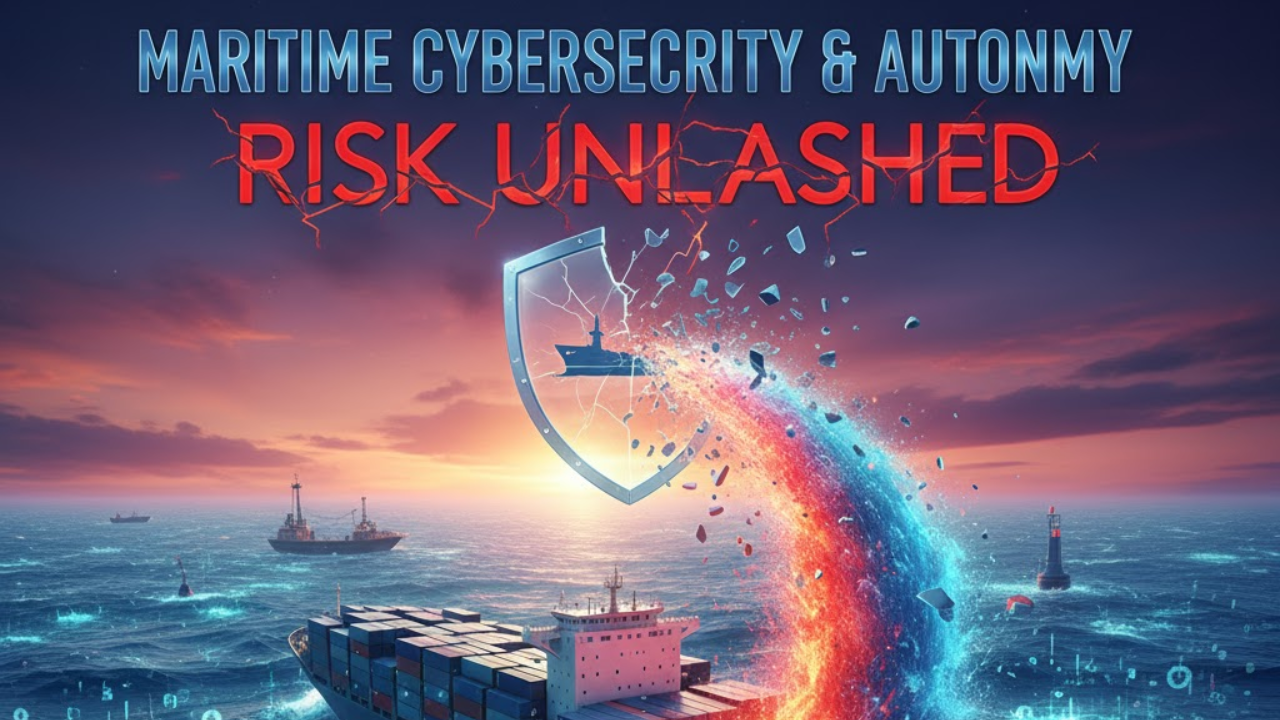
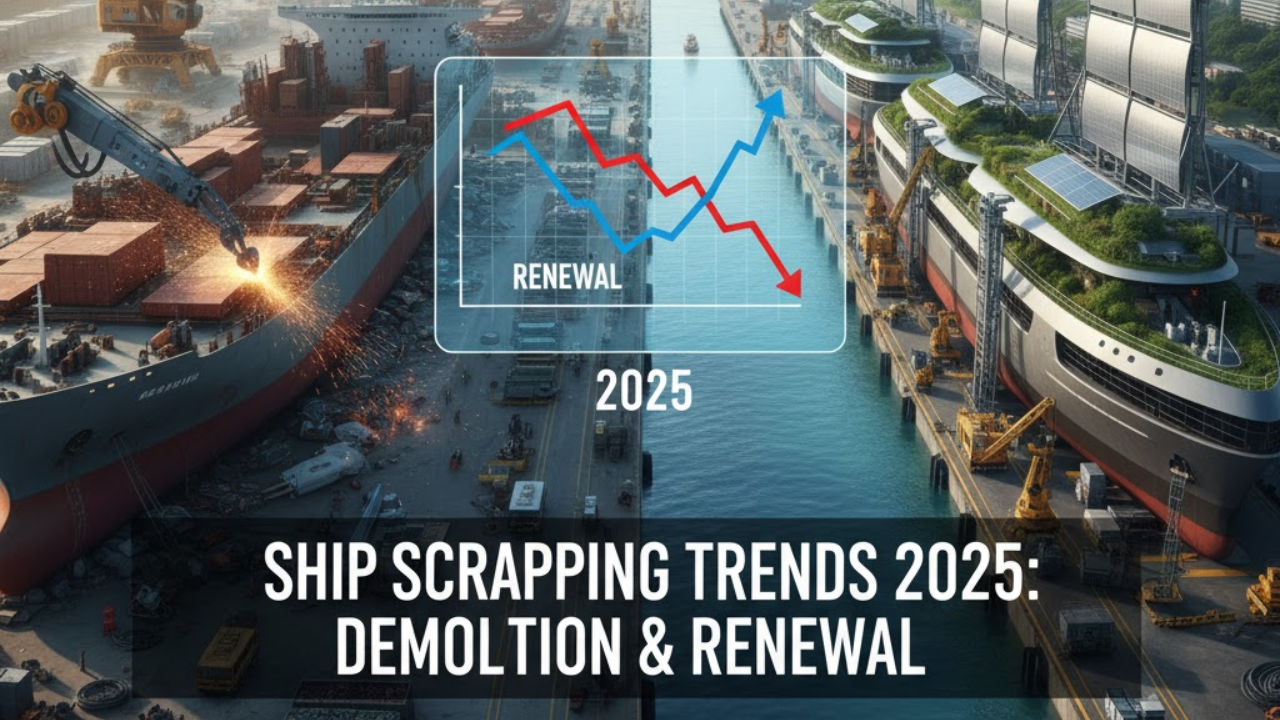
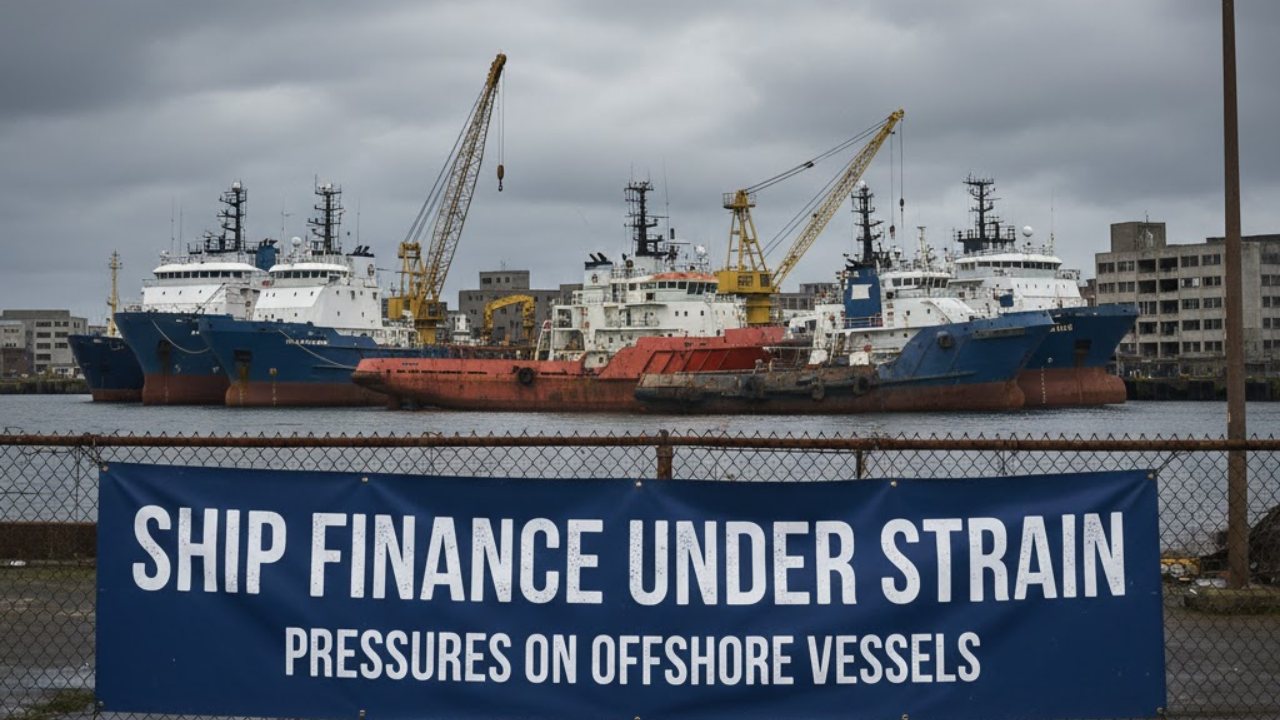
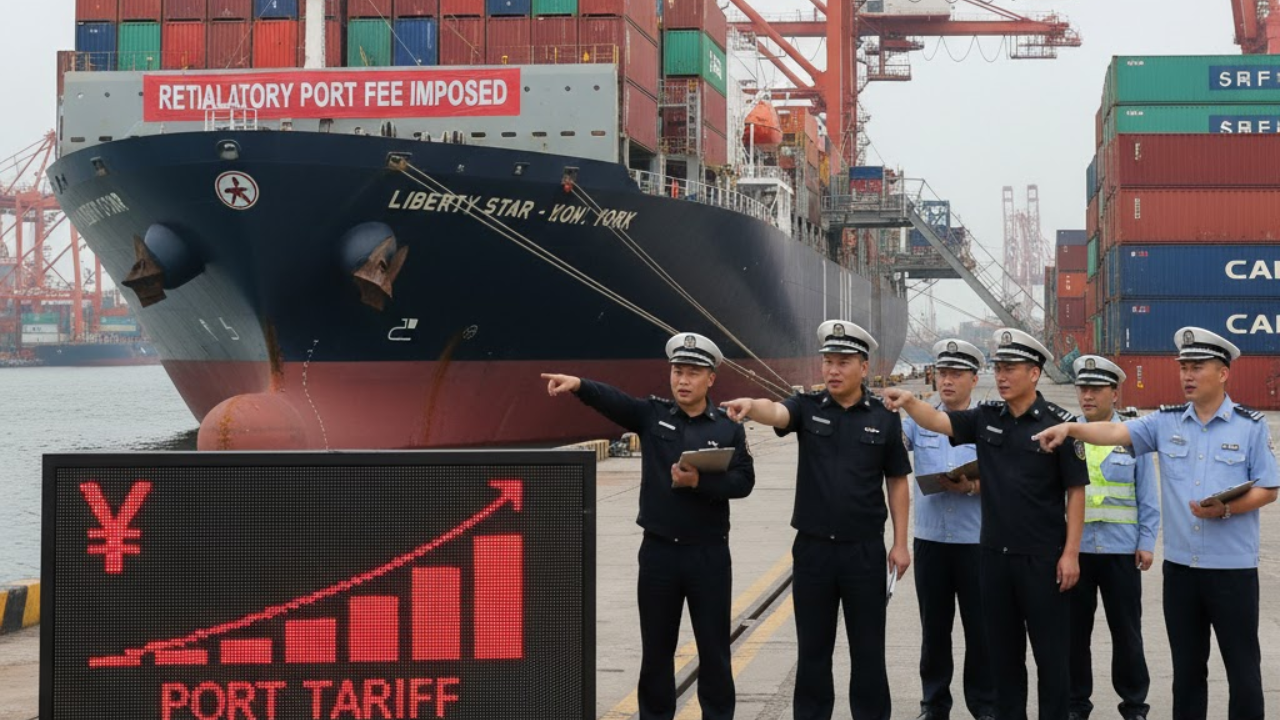
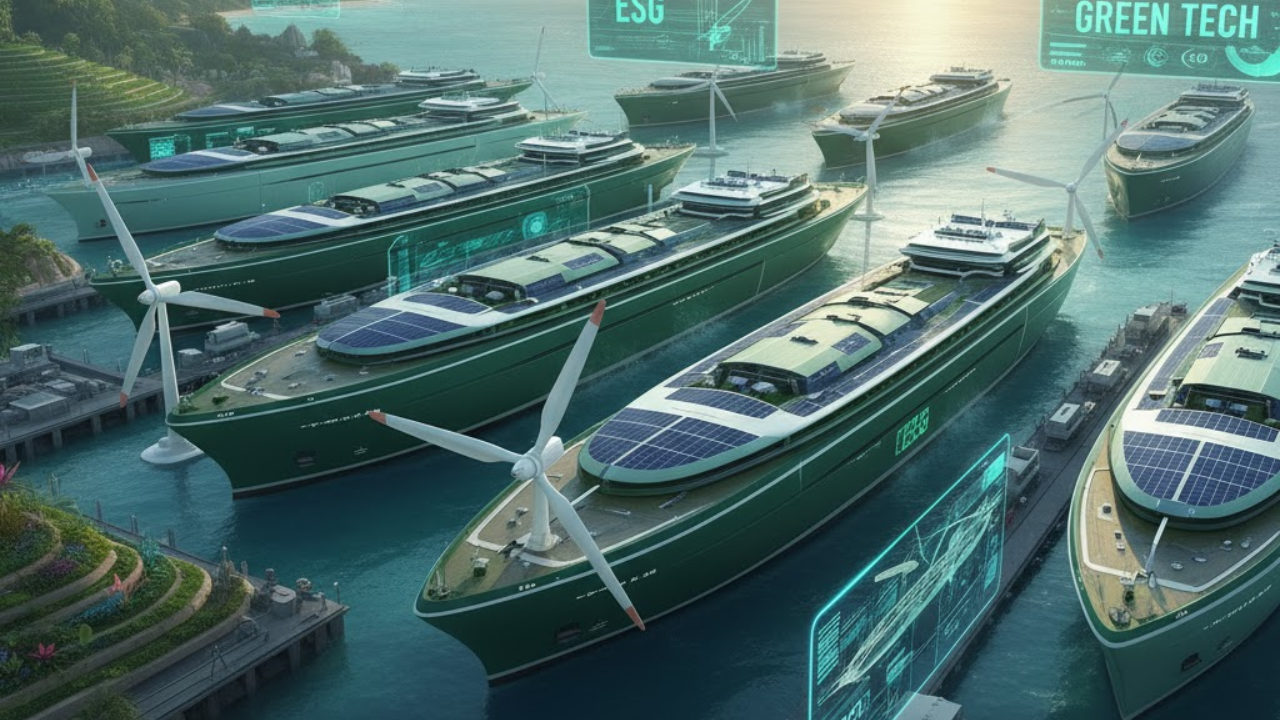
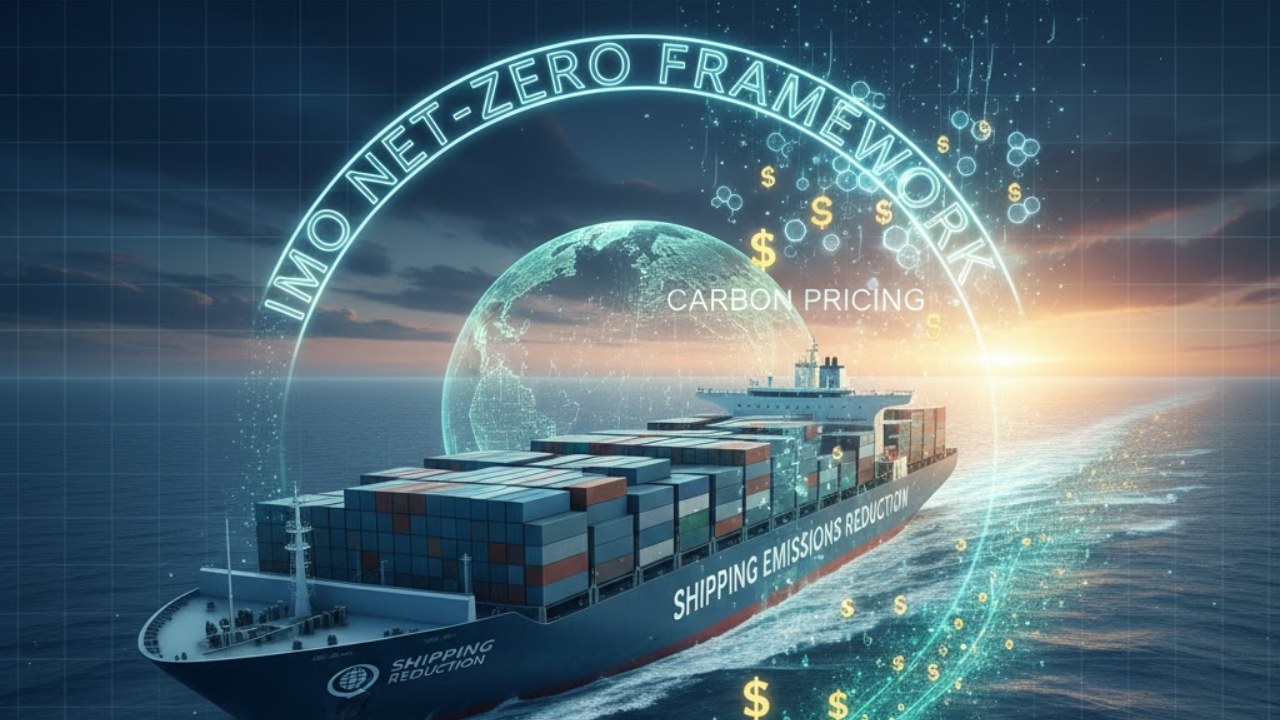

Bengaluru-Mumbai Superfast Train Approved After 30-Year Wait
Railways approves new superfast train connecting Bengaluru and Mumbai, ending a 30-year demand, easi

Canada Post Workers Strike Halts Nationwide Mail and Parcel Services
Canada Post halts operations as CUPW strike disrupts mail and parcel delivery nationwide amid disput

PM Modi Launches BSNL ‘Swadeshi’ 4G Network, 97,500 Towers Built
India enters global telecom league as PM Modi inaugurates BSNL’s indigenous 4G, connecting 26,700 vi

India’s Iconic MiG‑21 Takes Final Flight After Six Decades of Service
After 60 years India retires its MiG‑21 fighter jet, a legendary yet controversial warplane marking

Hindustan Zinc unveils AI hotspot monitoring at Debari smelter
Hindustan Zinc launches AI-powered Switchyard Hotspot Monitoring at Debari smelter to cut outages bo

Chinese experts worked inside sanctioned Russian drone plant
Chinese drone specialists visited IEMZ Kupol supplying parts and drones via intermediaries, deepenin